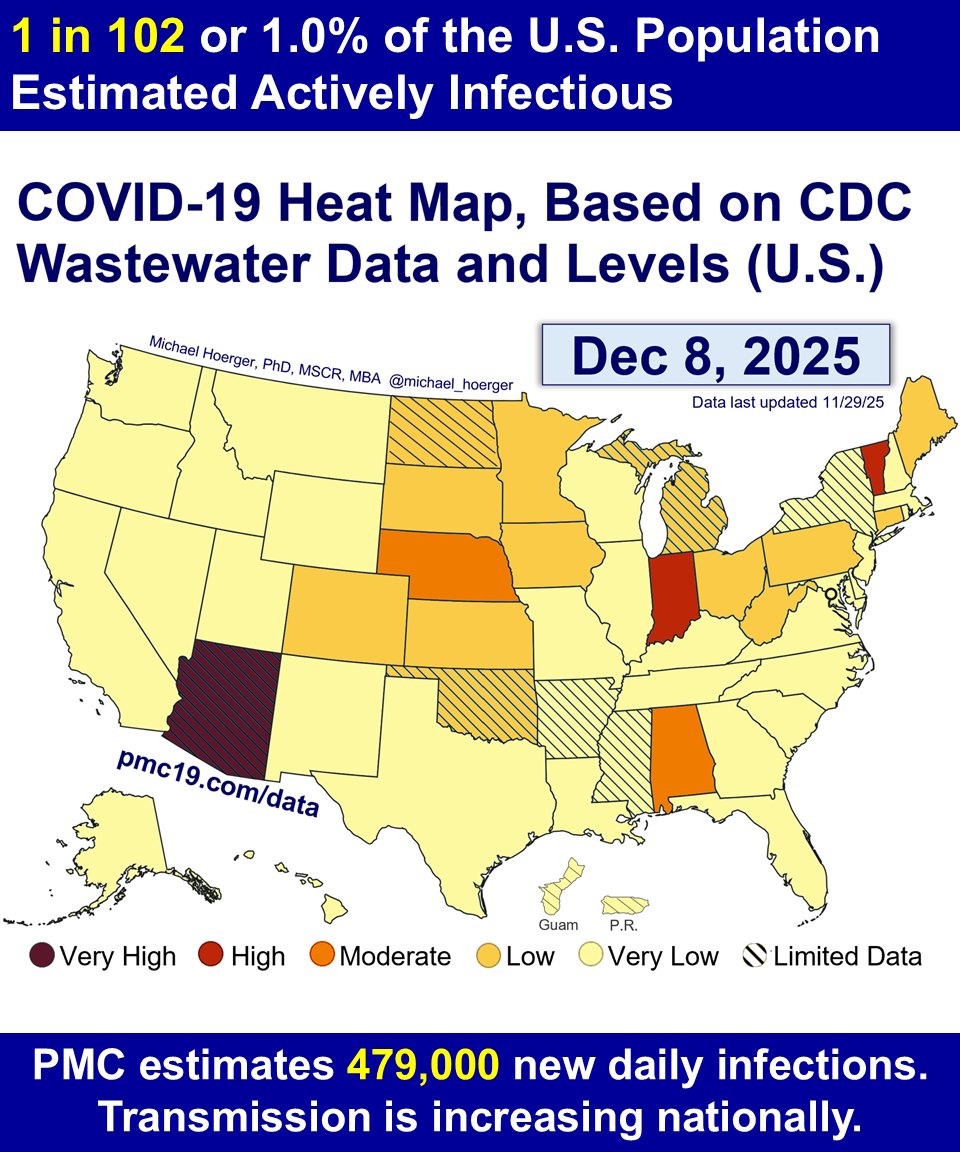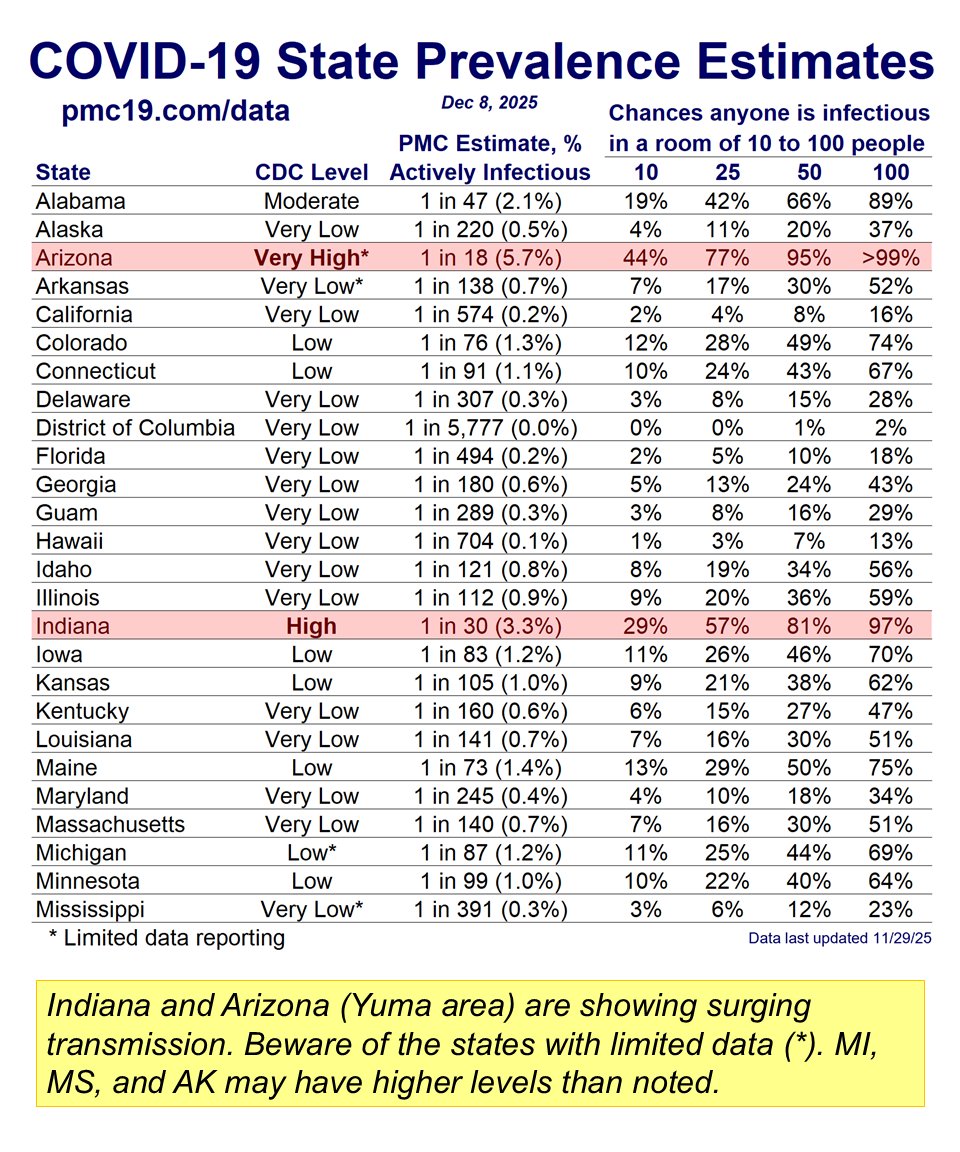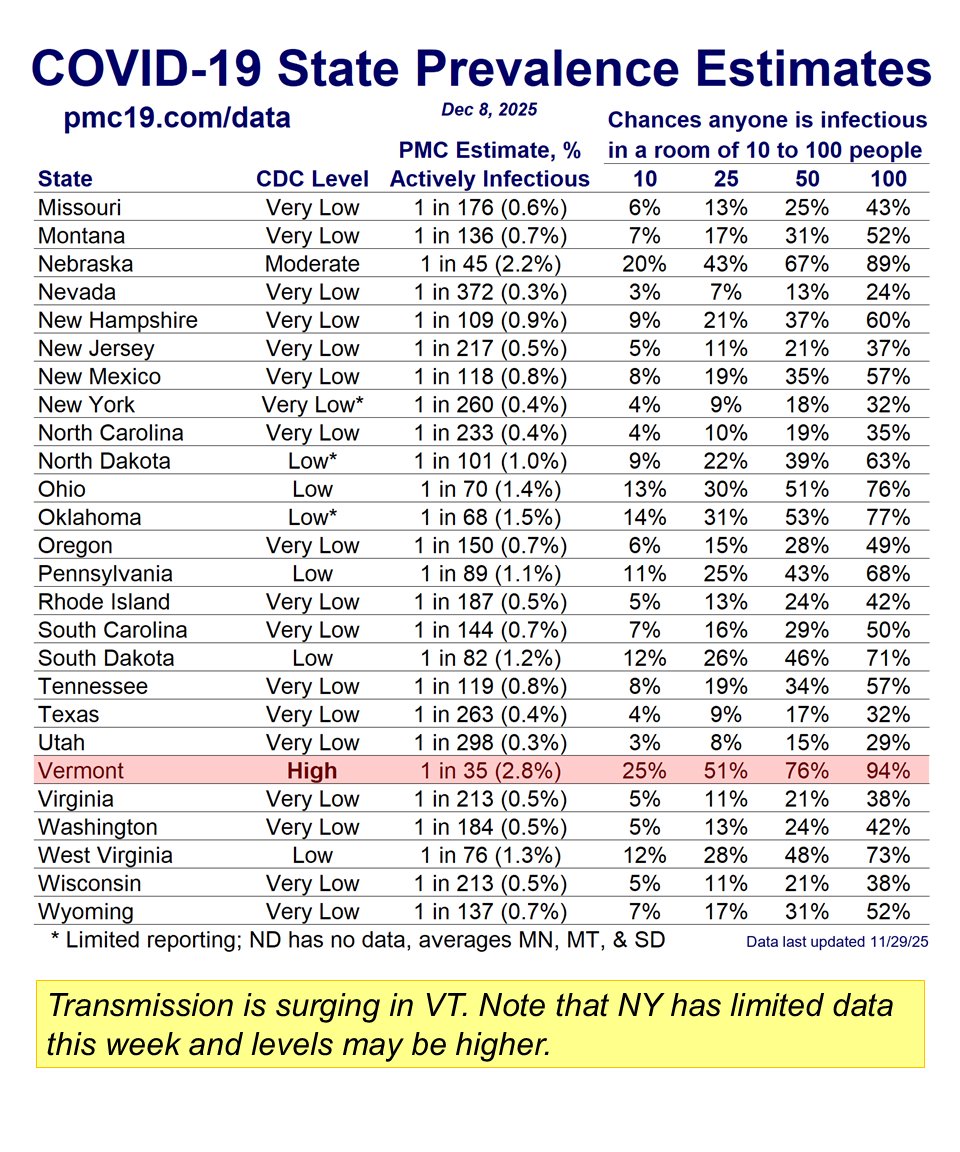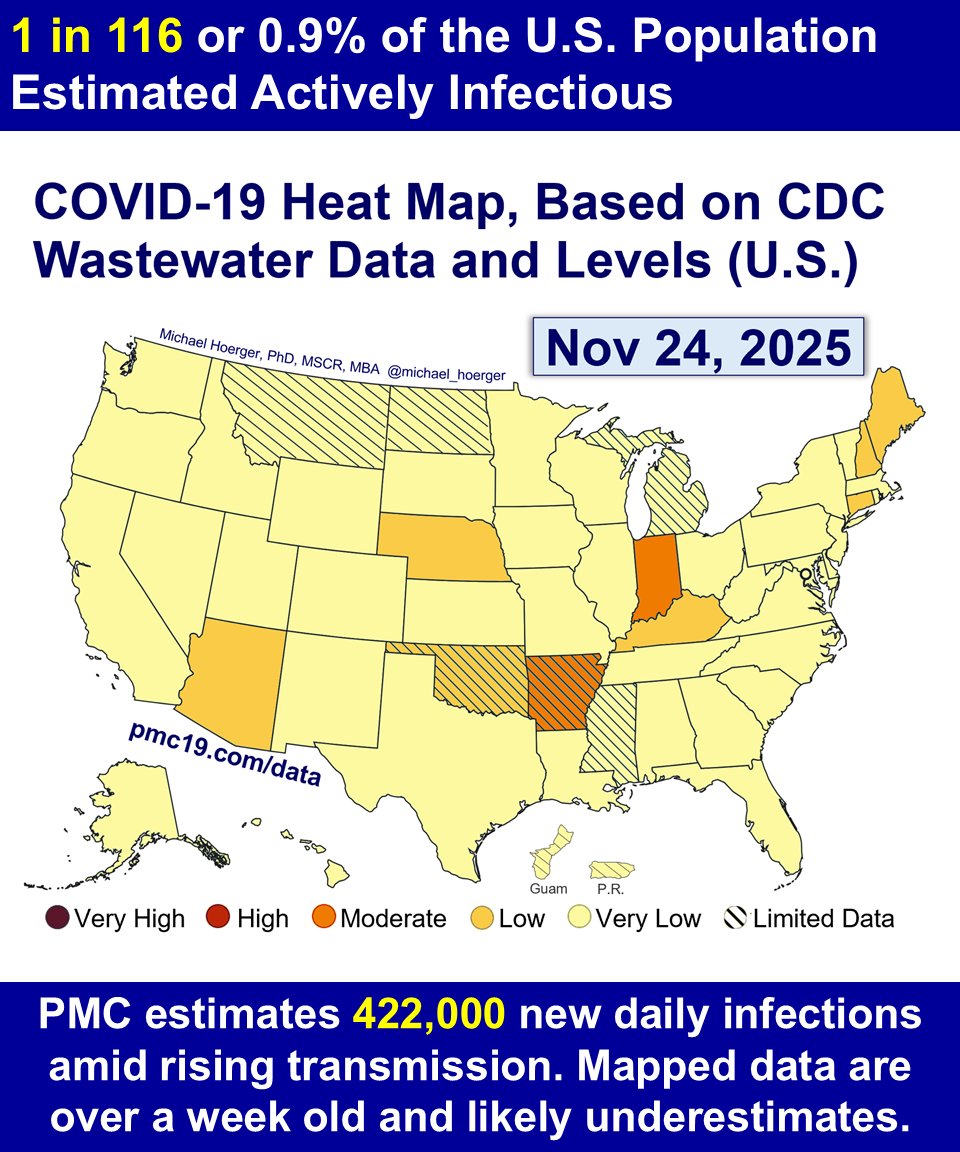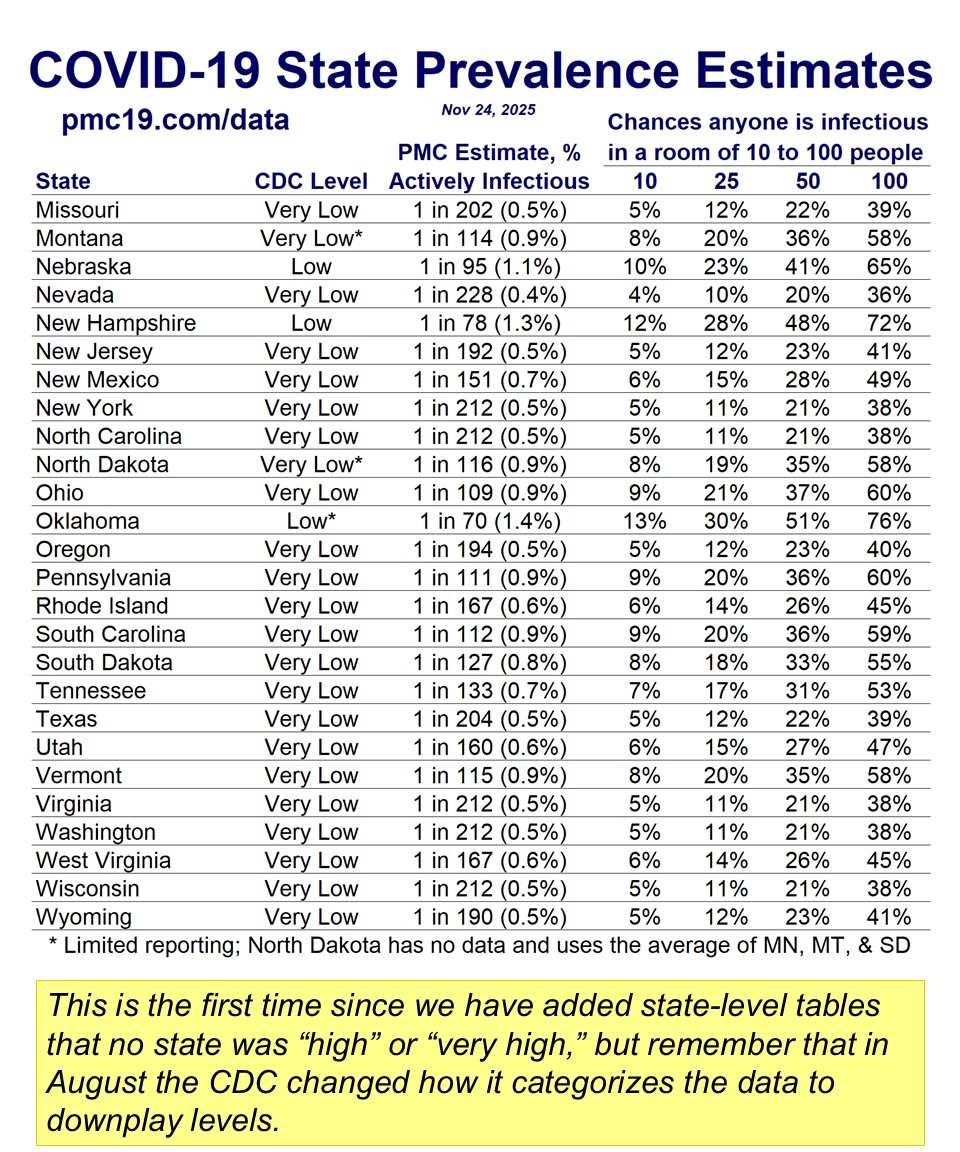Cloth masks could be customized to look amazing. BUT they offered weak protection (poor filtration, many gaps).
What if you could safely customize an N95 or #BetterMask with a small logo, decal, or other decoration?
THREAD 🧵
1/
What if you could safely customize an N95 or #BetterMask with a small logo, decal, or other decoration?
THREAD 🧵
1/
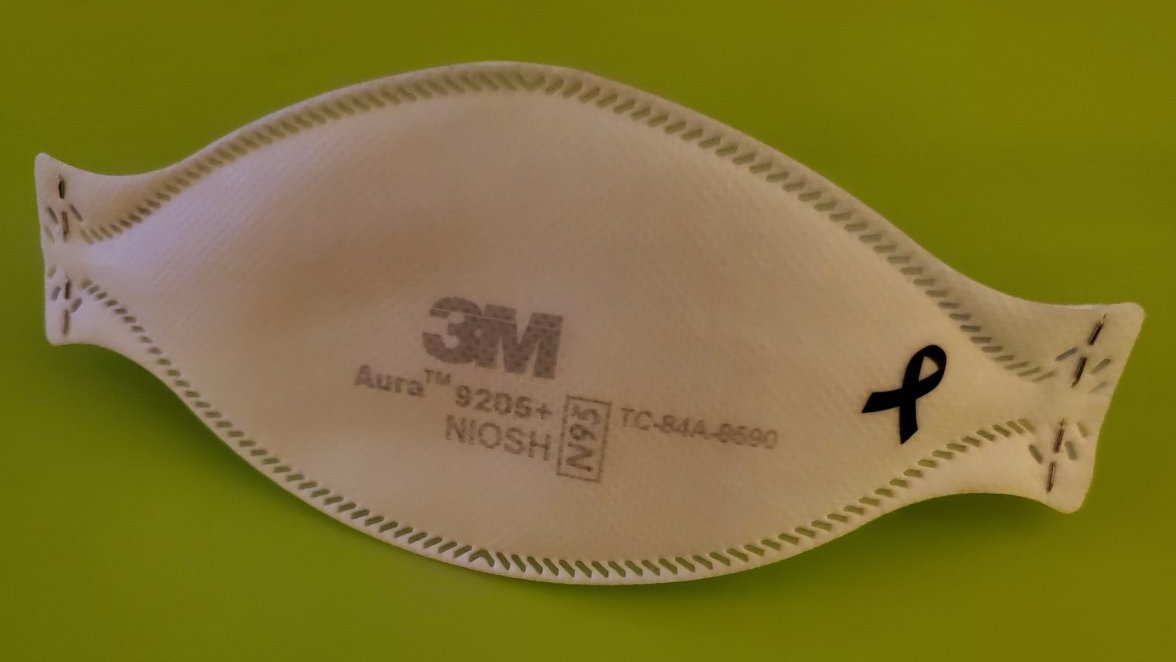
H/T 🎩 to @amandalhu for recommending rub-on “dry transfers.”
Follow her & see her amazing thread of several examples. Very fun, especially for kids. Many pre-designed options.
2/
Follow her & see her amazing thread of several examples. Very fun, especially for kids. Many pre-designed options.
https://twitter.com/amandalhu/status/1572329940032585728
2/
But can dry transfers be customized?
YES. I ordered a 6” x 6” sheet with >50 monotone #cancer ribbons from @stickermule. Cost about $20. Price goes waaaaay down the more you order. Comes with free hot sauce for some reason.
If you find other deals, please post.
3/

YES. I ordered a 6” x 6” sheet with >50 monotone #cancer ribbons from @stickermule. Cost about $20. Price goes waaaaay down the more you order. Comes with free hot sauce for some reason.
If you find other deals, please post.
3/


Cut it out. Peal off the back. Press on the mask. Use a chopstick, spoon, or pen cap to rub on. Push against a hard surface.
It was too soft through the multiple mask layers, so I inserted a wooden block.
Peel off carefully. Then set the backing on top & rub once more.
4/



It was too soft through the multiple mask layers, so I inserted a wooden block.
Peel off carefully. Then set the backing on top & rub once more.
4/




I run a #cancer research program.
My friend and collaborator Twitterless Jim Gerhart suggests in our forthcoming publication that we mask with health symbols to remind people that masking is a healthy choice, not a political one. So, I am testing these out.
5/
My friend and collaborator Twitterless Jim Gerhart suggests in our forthcoming publication that we mask with health symbols to remind people that masking is a healthy choice, not a political one. So, I am testing these out.
5/

Also added a ribbon to my @Flo_Mask.
The Flo Mask passes an at-home qualitative fit test with ease, unsurprisingly b/c @NgoTheWorld has meticulous attention to detail. Of course, you could just put a sticker on the non-filter part. 🤣
6/
The Flo Mask passes an at-home qualitative fit test with ease, unsurprisingly b/c @NgoTheWorld has meticulous attention to detail. Of course, you could just put a sticker on the non-filter part. 🤣
6/

Are N95s with small dry transfers safe? Yes, they are dry and block minimal surface area. No wet ink or alcohol used.
My go-to expert on mask failure -- @ghhughes -- approves.
7/
My go-to expert on mask failure -- @ghhughes -- approves.
https://twitter.com/ghhughes/status/1572334295670493191
7/
My masks still passed a fit test after putting on the dry transfers. No surprise.
FYI, to fit test, you just need a nebulizer & fit test solution (e.g., 3M FT-32). Spray near the problem areas (cheek, nose, chin). Breath through the mouth. If you taste bitter, bad fit.
8/
FYI, to fit test, you just need a nebulizer & fit test solution (e.g., 3M FT-32). Spray near the problem areas (cheek, nose, chin). Breath through the mouth. If you taste bitter, bad fit.
8/

What did I miss? Have any good suggestions for pre-made rub-on dry transfers? Any good deals on customizable options? Questions on specifics?
9/
9/
• • •
Missing some Tweet in this thread? You can try to
force a refresh





